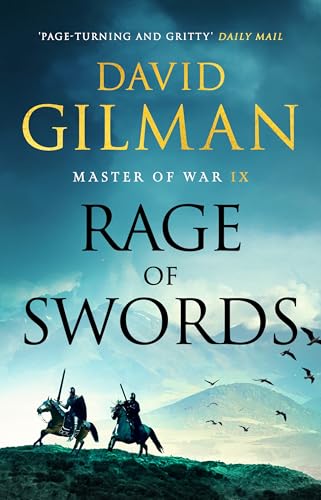Irish in the Anglo-Boer War
A few further notes on THE LAST HORSEMAN
Irish regiments’ and brigades’ exploits can be explored by reading any of the excellent non-fiction publications available on the Boer War, but the Royal Irish Regiment of Foot is a fictional unit, as is Belmont’s 21st Dragoons. The Royal Irish are an amalgam of different units, and I chose to pit them against the Boer Army and Liam Maguire’s commando from the Foreign Brigade at the great battle at the Tugela Heights in Natal (more correctly named ‘Thukela’) in mid to late February 1900. Across the Tugela River lay the steep, undulating ground of Pieters Hill, Harts Hill and Railway Hill, and General Fitzroy Hart’s (5th) Irish Brigade’s assault, along with other British regiments, was an exhausting attack over rolling hills to dislodge an entrenched enemy. Wounded soldiers were often left unattended in the field, their injuries seen to by their comrades only if circumstances permitted. In the first half of the war medical evacuation was crude and badly organized, and so too were the attempts to instil field hygiene. Poor water supplies forced men to drink whatever water could be found and this made a significant contribution to bringing down soldiers with enteric fever, typhoid and dysentery. (As my character, Mulraney said: Drink from the Tugela and you’ll have the scutters.) The men endured much hardship and their suffering from the weather, disease and injury is well documented.
A field dressing was all the men possessed by way of medical supplies and they had to wait until they could be taken from the battle by Indian stretcher-bearers. Although my story does not directly relate the fighting done by colonial troops I learned from my research that India contributed more soldiers and ambulance workers than any of the other British colonies and that the largest number of Boer prisoners of war were held in camps in India. Unlike the British and colonial soldiers who fell in the Boer War the graves of Indian ‘auxiliaries’ who died in South Africa are not known, and the only memorial to them was erected by the Indian community. These soldiers’ contribution is seldom recognized but the comfort they afforded the wounded men in the field was significant. The Natal Indian Ambulance Corps (photo) was formed by a twenty-eight-year-old Indian lawyer practising in Natal: Mohandas K. Gandhi.
Gandhi’s sympathies lay with the Boers and he expressed great admiration for their leaders and for the heroism of the Boer women. He justified his action in organizing the ambulance corps on the grounds that Indians who claimed rights as subjects of the British Empire had an obligation to contribute to the war effort.


